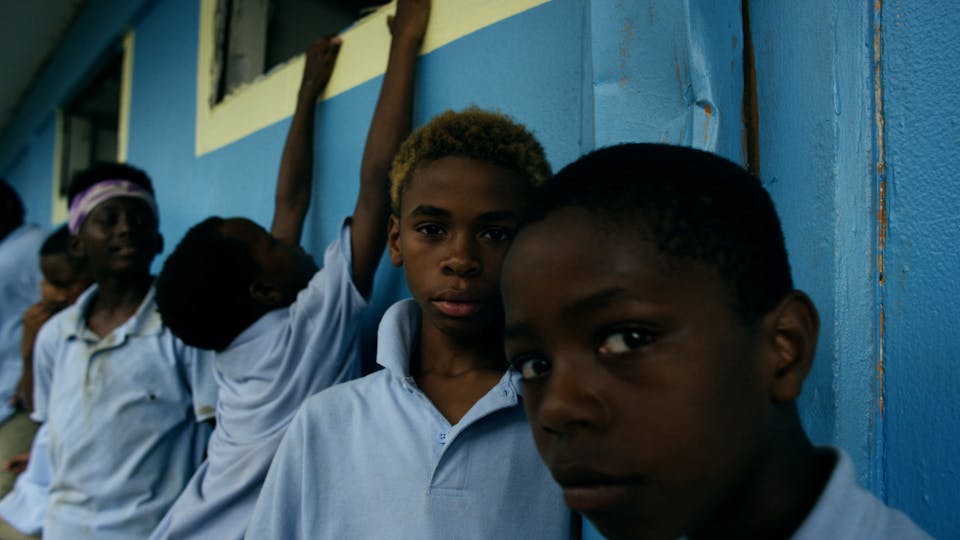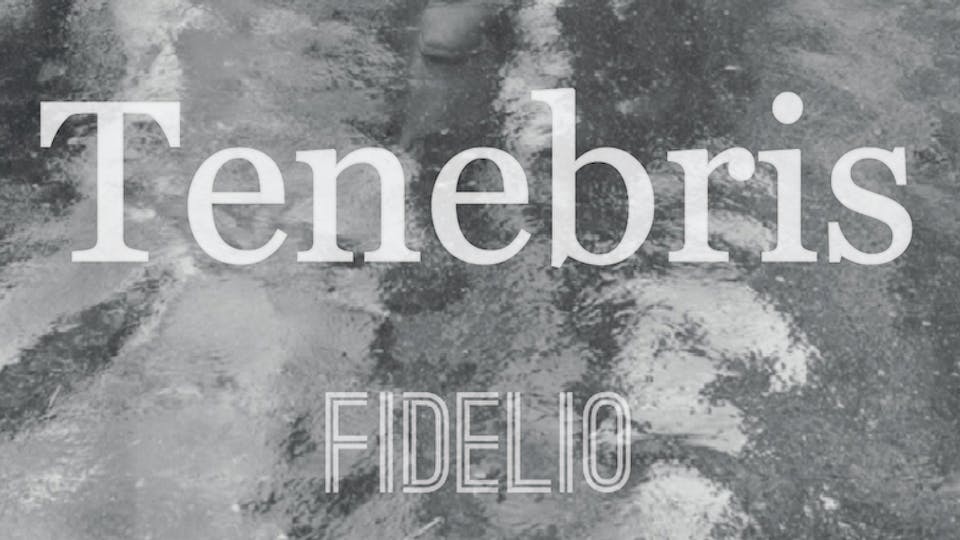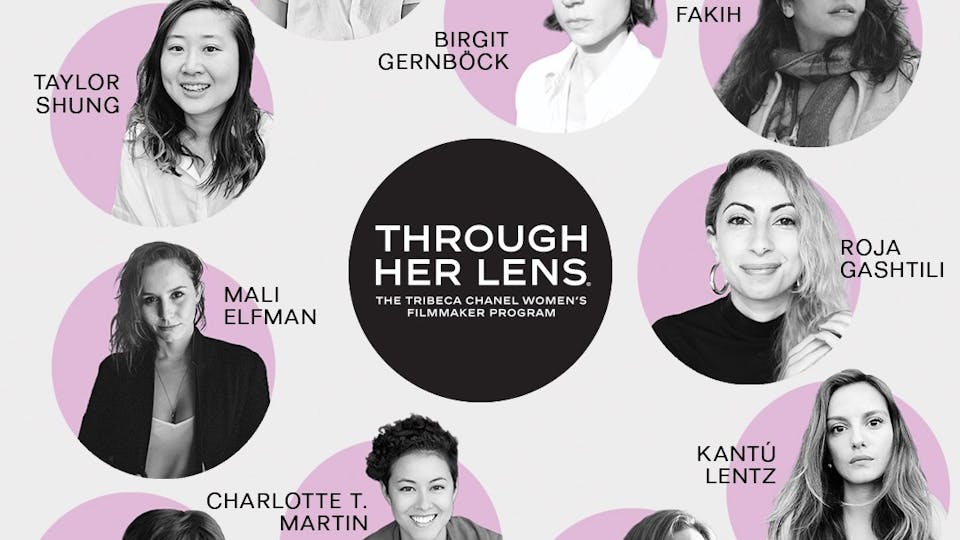Lance Weiler Talks About Building Storyworlds

Lance Weiler is way ahead of the game when it comes to thinking about storytelling across platforms. His Pandemic 1.0 project recently featured in the New Frontier section at Sundance. (You can see a case-study from the work under What We’re Watching.) Lance also created the Workbook Project, a fantastic resource for anyone exploring cross-platform ideas.
What makes a successful cross-platform or transmedia project? Are there key ingredients? What's the secret sauce?
In my experience, it all comes down to the story. I know that sounds basic, but it's so true, and if anything is even more of the case when you’re building a story world and creating multiple entry points. When I design a world I'm looking to construct a rich environment. I want each element to have a strength in the sense that each piece (mobile, online, real world, film, print) has a beginning, middle and end. The key for me is to create an emotional connection in some way for the audience. Many times people will design an experience that requires a series of steps and if you don't complete them you can't advance.
I think it is about the story bridges in the sense that if I can make an emotional connection between the audience and the story and its characters then I'm really looking to have the story bridge into what hopefully becomes an interesting social connection. I think successful transmedia projects are the ones that realize that the storytelling can be a powerful vehicle for social connections between people. This is of particular interest to projects that are looking to inspire social change. Through social connections you can help to mobilize action.
What are the most exciting emerging technologies that filmmakers should be aware of?
Right now I'm focused on HTML5 and the potential it brings. What excites me is that even though it still needs a considerable amount of documentation, it does promise some amazing functionality. I think this year you'll see more interesting work being done with it as filmmakers and other interactive designers embrace it and as the support for it builds out. I'm also very interested in NFC (near field communication), an RFID type tagging standard. We used it to great effect at Sundance within the Pandemic experience that I designed.

NFC is a tech that doesn't require you to fire up an app or your camera to scan. The tags are readable by your mobile device. This has a ton of potential in terms of unlocking story and bringing story to everyday objects, but you'll also see it used in terms of micro transactions and purchasing. So in a sense I could see some interesting new models emerging that are powered by stories. Plus, Apple has announced that they'll be supporting NFC.
What can filmmakers do to encourage real engagement and participation from "the people formerly known as the audience"?
I've often said that I believe the audience is ahead of where filmmakers are. They are their own media companies due to the democratization of the tools. The way to encourage real engagement is to realize that storytelling can be a conversation. It's important to leave room for the "audience" and to let them have a degree of ownership within the story. This challenges some of the core issues around authorship and it is something that filmmakers will need to experiment with to determine what they feel comfortable with. But I've seen in my own work amazing things when I leave room for the "audience" to become collaborators. Granted not all audience members will want to collaborate but for those that do there are exciting new opportunities in that space. When someone feels invested in the work, the story, the activism, that is where amazing change can take place and it is within that space that real engagement and participation can grow.
What is the number one reason filmmakers should care about cross-platform storytelling?
For each person, it'll be a different reason. For me personally, it's a chance to tell stories in ways that can break the fourth wall and reach people in unexpected and exciting ways. For others, it's a way to expand the work and explore new business models. For others, it's a means to reach "audiences" in a meaningful way that can actually lead to engagement. At the end of the day what I love is that it is disruptive. There is no one right way to do it. It is effectively a new type of storytelling. There are no rules and this is an excellent time to be experimenting and doing story R&D.

WiredThe Last BroadcastHead TraumaThe Last Broadcast, Head TraumaBusinessWeekHiM,HiMPandemic,
[Photos by Mike Hedge and Elaine Zelker]






